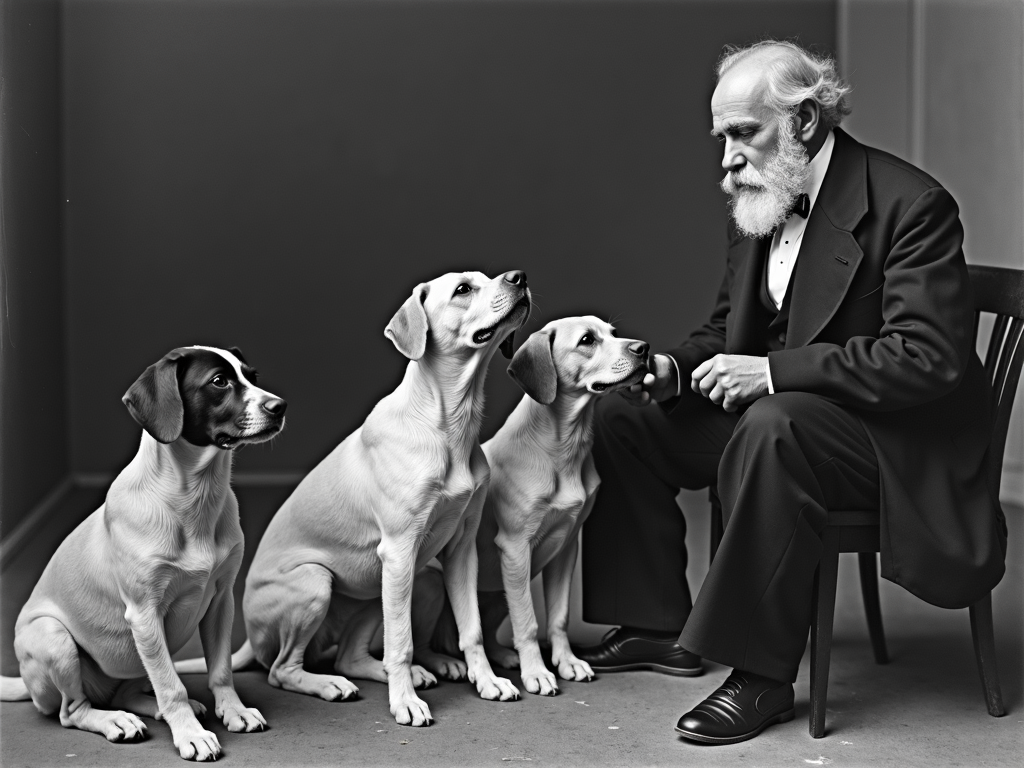Overview
Aversion therapy is a type of behavioral therapy that uses negative stimuli to reduce or eliminate unwanted behaviors. It's often used to treat conditions like alcoholism, smoking, and gambling. By associating the unwanted behavior with an unpleasant experience, aversion therapy aims to change the behavior over time.

What is Aversion Therapy?
Aversion therapy is a form of behavioral therapy that involves pairing an unwanted behavior with an aversive stimulus. The goal is to create a negative association with the behavior, making it less appealing and eventually leading to its reduction or elimination. This technique has been used for decades to treat a variety of behavioral disorders, including substance abuse, compulsive behaviors, and even some phobias.
The concept of aversion therapy dates back to the early 20th century, with roots in classical conditioning principles developed by Ivan Pavlov. Pavlov's experiments with dogs demonstrated that behaviors could be modified through association, a principle that aversion therapy leverages to change human behavior.

How Does Aversion Therapy Work?
In aversion therapy, the aversive stimulus can take many forms, such as electric shocks, unpleasant smells, or nausea-inducing drugs. The key is to choose a stimulus that is strong enough to create a negative association but not so severe that it causes harm. The therapy is typically conducted under the supervision of a trained therapist who ensures the safety and well-being of the patient.
For example, in treating alcoholism, a patient might be given a drug that causes nausea when alcohol is consumed. Over time, the patient learns to associate drinking alcohol with feeling sick, which can help reduce the desire to drink.

Effectiveness of Aversion Therapy
The effectiveness of aversion therapy varies depending on the individual and the behavior being treated. Some studies have shown positive results, particularly in treating substance abuse and compulsive behaviors. However, it's important to note that aversion therapy is not a one-size-fits-all solution and may not be effective for everyone.
According to a study published by the National Institute on Alcohol Abuse and Alcoholism, aversion therapy can be an effective tool in reducing alcohol consumption, especially when combined with other forms of therapy. Learn more about the study here.
Aversion Therapy in Behavioral Therapy
Aversion therapy is a subset of behavioral therapy, which focuses on changing behaviors through various techniques, including reinforcement and punishment. While aversion therapy uses punishment (aversive stimuli) to reduce unwanted behaviors, other forms of behavioral therapy might use positive reinforcement to encourage desired behaviors.
Behavioral therapy is widely used to treat a range of conditions, from anxiety and depression to phobias and obsessive-compulsive disorder. Aversion therapy is just one tool in the behavioral therapist's toolkit, often used when other methods have not been successful.

Family Therapy and Aversion Therapy
Family therapy involves treating the family unit as a whole, rather than focusing solely on the individual with the behavioral disorder. In some cases, aversion therapy can be integrated into family therapy to address behaviors that affect the entire family.
For instance, if a family member has a gambling addiction, aversion therapy might be used to reduce the gambling behavior, while family therapy helps the family understand and support the individual's recovery. This holistic approach can be particularly effective in promoting family wellness.

Family Wellness and Behavioral Disorders
Family wellness is about promoting the health and well-being of the entire family. Behavioral disorders can disrupt family dynamics, leading to stress, conflict, and dysfunction. By addressing these disorders through therapies like aversion therapy and family therapy, families can work towards a healthier, more harmonious life.
It's important for families to seek professional help when dealing with behavioral disorders. A trained therapist can provide guidance, support, and effective treatment options tailored to the family's needs.
Personal Insights and Experiences
As someone who has witnessed the impact of behavioral disorders on families, I can attest to the importance of seeking help. Aversion therapy, when used appropriately, can be a powerful tool in changing harmful behaviors. However, it's not a quick fix and requires commitment and support from both the individual and their family.
I recall a family friend who struggled with smoking for years. After trying various methods to quit, they turned to aversion therapy. Through a combination of aversive stimuli and family support, they were able to quit smoking and improve their overall health. This experience highlighted the importance of a supportive environment in the success of aversion therapy.

Summary
Aversion therapy is a valuable tool in the treatment of behavioral disorders, particularly when used in conjunction with other forms of therapy like behavioral therapy and family therapy. By creating negative associations with unwanted behaviors, aversion therapy can help individuals and families achieve better health and wellness.
For those considering aversion therapy, it's crucial to consult with a trained therapist to determine if it's the right approach. With the right support and commitment, aversion therapy can lead to lasting change and improved quality of life.
Discuss Here